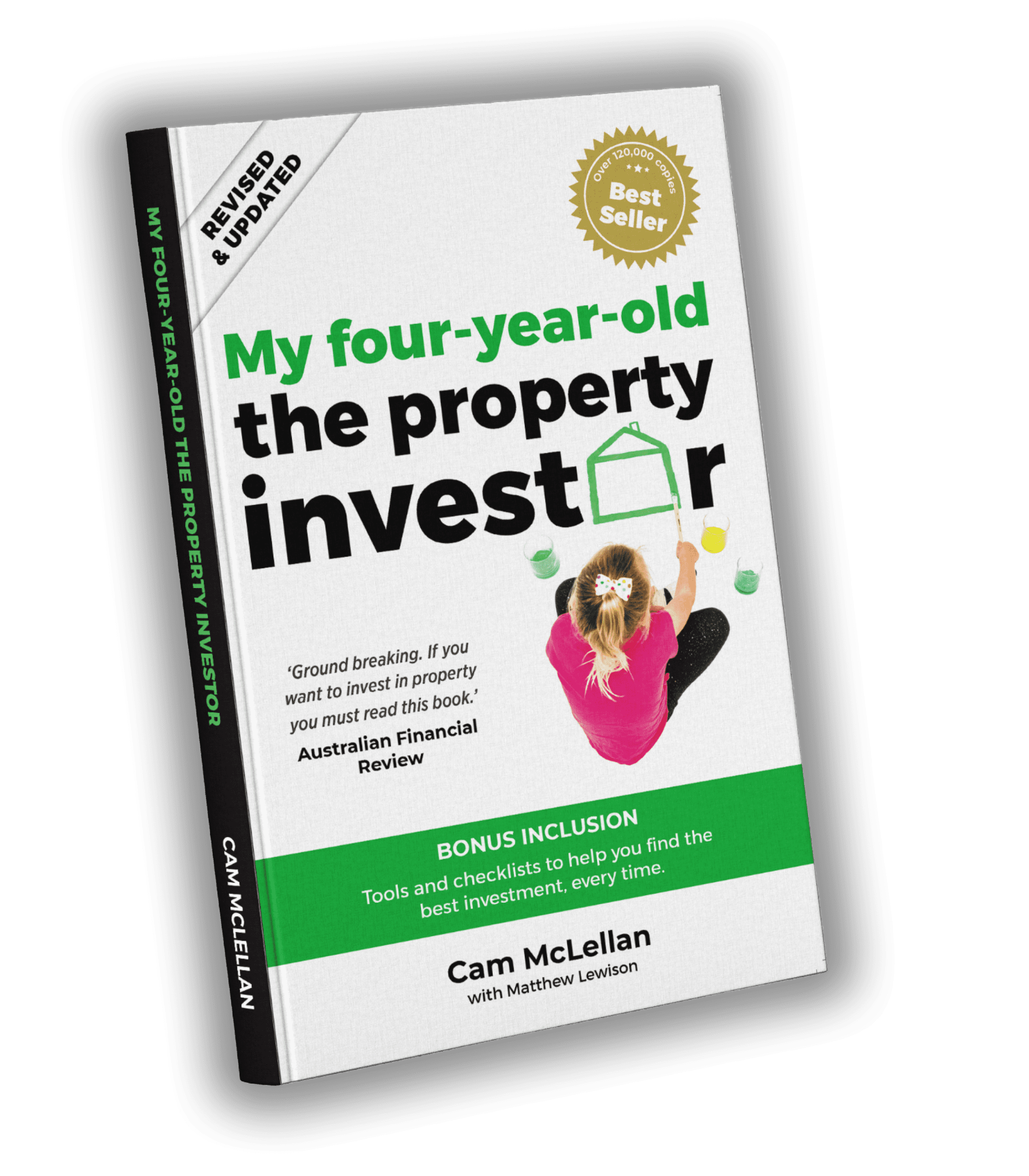One of the greatest challenges for any property investor is a problem called “hitting the lending ceiling”.
Once an investor gets to a certain debt level their ability to borrow more money to buy more properties can hit this ceiling and prevents them from expanding their portfolio.
This is possibly the biggest reason why, out of all property investors in Australia, an overwhelming majority only have 1 or 2 properties. They simply can never get above that ceiling.
One of the underlying issues affecting your lending ceiling, is that in the pre-GFC days, the banks essentially assessed your lending criteria by calculating two things – your Loan-to-Value Ratio (LVR) and your Debt Serviceability Ratio (DSR). But today there are a number of other criteria the banks will apply to determining how much you can borrow.
These days they overlay both the LVR and DSR with something called the DTI, which is your Debt-to-Income Ratio. Essentially this is how much debt you currently have or are taking on, compared to the income you make. Clearly income affects your ability to repay the debt. Banks today don’t really want you to exceed a DTI of greater than 6 times or possibly 7 times. That is, your debt is 6 or 7 times your income.
Now when you calculate your income available to repay your debt, you include your rental income from any existing or proposed rental properties, and your tax benefits you receive as well. But your bank doesn’t look at income the same way. They may only include 80% of your rental income (or even possibly as low as 50% of rental income depending on the bank) that you receive across your portfolio when assessing your overall income. They will never take 100%, because they don’t want to see you relying only on the rental income to repay the debt. They need to see, in their eyes, that you have the capacity to repay the debt yourself, whether or not you have rental income coming in.
This is just one of the many ways that banks have become more conservative in recent years. For example, when assessing your capacity to repay a loan your borrowing capacity is not just based on the current interest rate you will be paying. Regulators have required banks to add at least 3% to the interest rate on your proposed loan and work out whether you could still afford to repay it back at that level.
Additionally, even if you are applying for an interest-only loan they will still assess you on the basis of whether you can afford a principal and interest loan.
All of these factors combined can dramatically affect your capacity to borrow and therefore limit the overall amount you can borrow, or your lending ceiling.
But there are ways to overcome the limits of a lending ceiling and keep building a stronger, more valuable and better performing property investment portfolio.
The first thing to look at is the type of properties you hold. If you have fallen for the lure of buying into “blue chip” properties you will find you run into a very specific problem. For example, did you know that once you get over $3.5 million invested in a single property, banks will automatically reduce your LVR even further? In their eyes, you’ve simply got all your eggs in the one basket.
But say you had a number of separate properties that when combined together were worth $3.5 million? In this case the bank would look at you in a whole different light and your ability to borrow and expand your portfolio would be completely different because they would see your risk as being more diversified. A portfolio made up of a number of properties each worth say $750,000 is a whole different ball game. Not only will your borrowing power be higher, your portfolio will be better spread, more diversified and far more effective for wealth creation.
The numbers show that if you do have a blue-chip property, you might be getting $1000 a week in rent. But with 3 properties collectively valued at the same amount you might be getting $1800 a week rent in total. So that clearly makes your numbers look better, right away. Additionally, the bank would look at you as an investment risk and consider that all your money is not tied up in one property, it’s spread across 3 different properties. That automatically makes you a lower risk profile.
Additional factors that can affect raising your lending ceiling can include the often-overlooked matter of whether or not you are charging the right rent in the current market. If you are not, even a small rent rise can add up to a lot of extra income over a year and make your entire portfolio look even more attractive to the banks.
The banks are under increasing scrutiny by governments over lending for housing particularly to investors but while they do have their own more conservative rules, remember they are driven by a profit motive themselves. They don’t make money unless they lend money. So, it’s all about how you present yourself to them as an attractive borrower.
Remember too, that each bank is different. One might assess you as not being able to borrow anything more than $600,000 while another might assess your borrowing capacity at $750,000.
This is the value in being able to talk to independent finance experts and mortgage brokers who know the different banks and how they behave, rather than talking directly to the banks yourself. Some banks have a larger lending appetite for investors compared to others.
It’s also important to remember that it’s not just about rate. While trimming even a few points off an interest rate can help, because you could suddenly have $6000 or even $8000 more a year to play with, it’s more about how it can make your entire portfolio look more attractive.
Another challenge that can affect your lending ceiling happens particularly with older investors. Many people are locked into the old idea that you never sell your investment property. The concept that you just buy one (or two) investment properties and hold onto them forever is the way it used to be for the investor.
But times have changed. Now the smart thing to do is assess each property on its own merits and if it is not performing well in the current market, then you need to sell it and find one that is right for the current and future market. The existence of a lending ceiling means you can’t afford to be holding underperforming assets. Each one needs to be contributing effectively to your portfolio.
Resistance to selling a property can be the biggest barrier holding you back from realising the full potential of the current market. If you bought the wrong property, holding onto it longer is not necessarily going to turn it into the right property. Recognising this and moving on is the best approach.
When it comes to more deeply understanding the issue of the lending ceiling and how it might be affecting your property investing, it’s always best to get expert, independent advice. Talking to those who know these issues and have their finger on the pulse of the current market is invaluable because they will bring a fresh perspective to what you might be trying to do on your own.
Why not book a strategy session with someone who really knows this area and can creatively think with solutions that could help you overcome the limits of your lending ceiling and get you into the right position to further expand your investment property portfolio. Our team have built substantial portfolios and understand how to best navigate the lending landscape despite the challenges they present.
A strategy session with one of the experts at OpenCorp is completely free of charge and comes with no obligation whatsoever. To find out more and book your session, click here.







